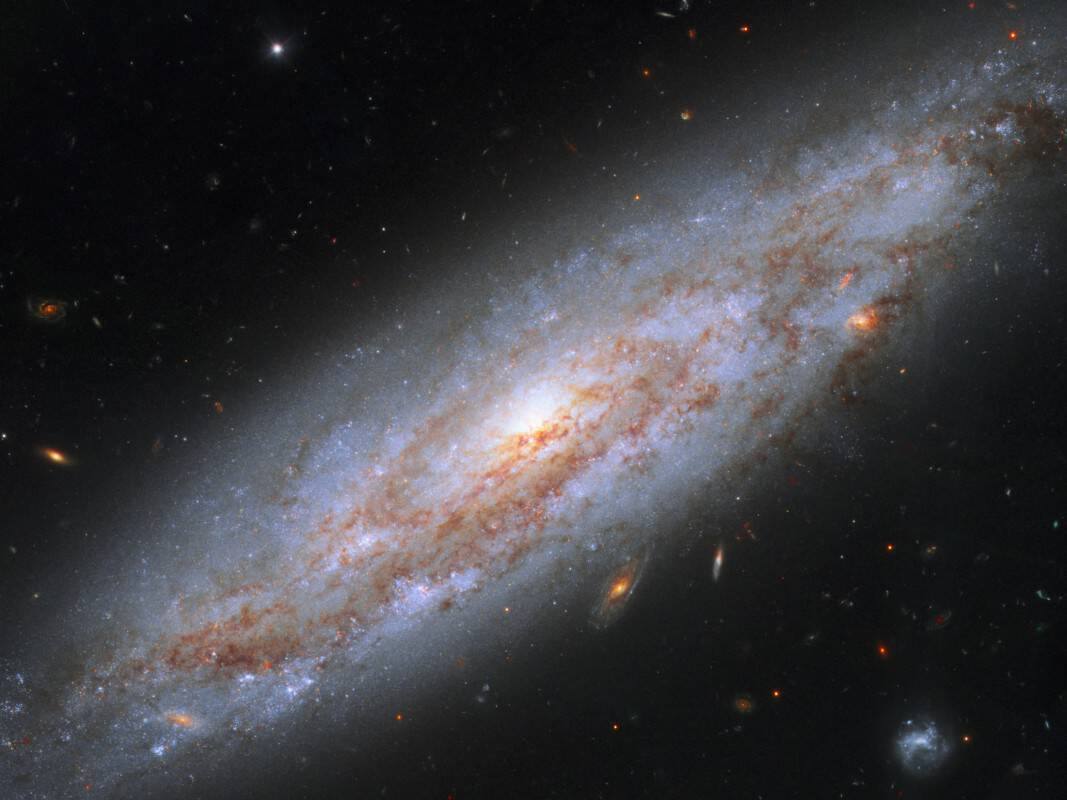The Cosmos with NGC 3972
NGC 3972, also known as LEDA 37466 and IRAS 11531+5535, lies approximately 59 million light-years away from Earth.
First discovered by the British astronomer William Herschel in 1789, the galaxy is a member of the M109 group of galaxies, also known as the NGC 3992 Group or Ursa Major cloud.
In 2011, Chinese astronomers Zhangwei Jin and Xing Gao observed a Type Ia supernova, called SN 2011by, in NGC 3972.
All of these supernovae peak at the same brightness and are brilliant enough to be seen over relatively longer distances.
NGC 3972 also contains many pulsating stars called Cepheid variables.
These stars change their brightness at a rate matched closely to their intrinsic luminosity, making them ideal cosmic lighthouses for measuring accurate distances to relatively nearby galaxies.
Astronomers search for Cepheid variables in nearby galaxies which also contain a Type Ia supernova so they can compare the true brightness of both types of stars.
That brightness information is used to calibrate the luminosity of Type Ia supernovae in far-flung galaxies so that they can calculate the galaxies’ distances from Earth.
Once astronomers know accurate distances to galaxies near and far, they can determine and refine the expansion rate of the Universe.
This image of NGC 3972 was taken in 2015 with Hubble’s Wide Field Camera 3(WFC3), as part of a project to improve the precision of the Hubble constant.
